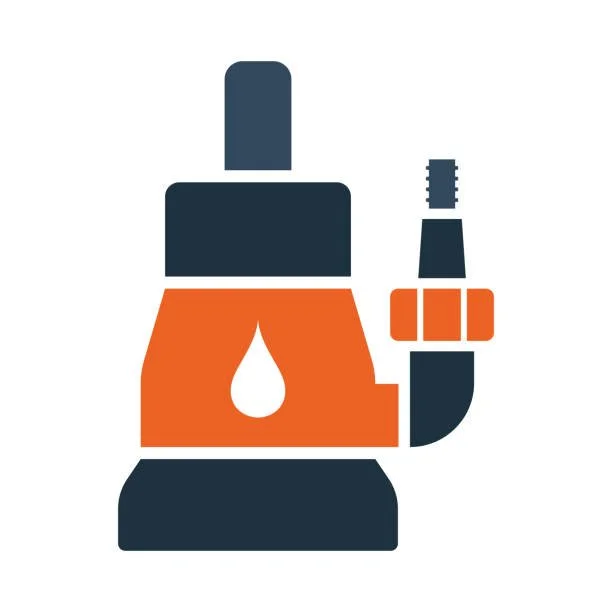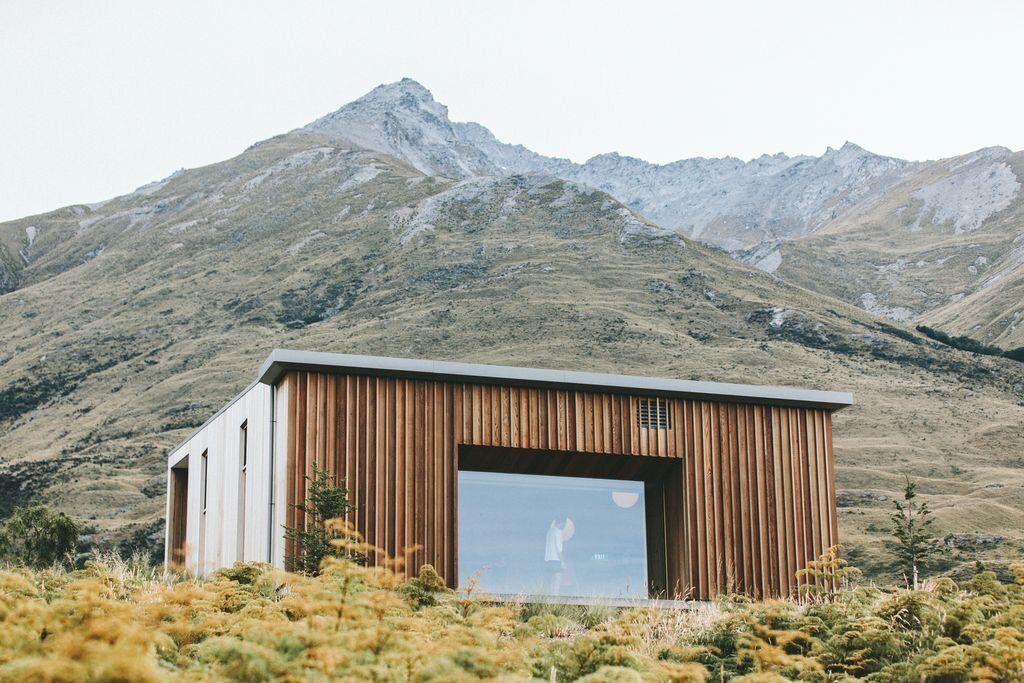Sump Pump Installation & Replacement
A sump pump is installed in the lowest part of a basement or crawlspace to help keep the area under the building dry and prevent flooding. It collects groundwater in a sump pit and pumps it away from the home.
Keep Your Basement Dry & Safe
-

Why You Need A Sump Pump
You may need a sump pump if you have water accumulation or flooding in your basement, a high water table, poor drainage around your foundation, or to keep your finished basement free of water damage.
-

How To Integrate A Sump Pump With A Radon Mitigation System
1. Sealing the Sump Pit
The sump lid needs to be airtight to prevent radon from escaping through the pit.
A sealed sump cover (often clear acrylic or heavy-duty plastic) with grommets for power cords and pump discharge pipes is used.
2. Using the Sump Pit in Radon Mitigation
The radon system can draw from the sump pit (if it's sealed) as part of its suction point. This is common and effective.
If you need to access the pit for pump maintenance, the sealed lid should be removable.
3. Installation Order
If you are doing both at once, install the sump pump first, then build the radon mitigation system around it.

PURE AIR RADON
PURE AIR RADON
Guarantee radon levels after installation of system and the price quoted, no scams, no add-ons without your approval.
System and fan guaranteed for 10 years.
One day installation, average time to install is 4 hours. Usually scheduled within a week of accepting quote. Will come to your home to quote and ensure the homeowner approves of the set up of the mitigation system, and will discuss all the details and specifics.
Local Installer
Will return and improve system as needed
No new contract when we arrive for the job, we will install what we have agreed upon at the quote.







